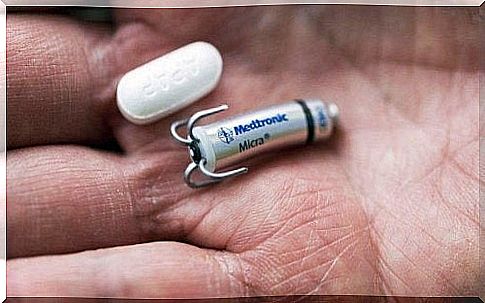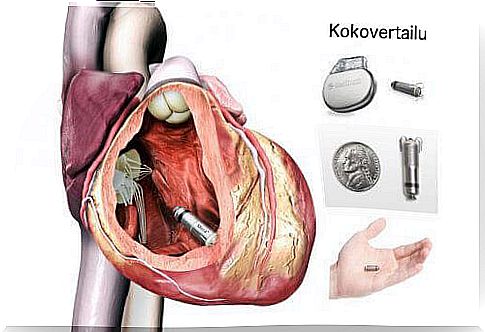Micra: The World’s Smallest Non-surgical Pacemaker

The world’s smallest pacemaker is called the Micra. The name itself describes the incredible technology used in this revolutionary pacemaker. It is already affecting the lives of thousands of people.
Until recently, pacemakers were placed on a patient under open heart surgery. Over time, the size of these devices for heart rate control has decreased.
At the end of 2013, a company called Medtronic showed the world something new, quite sophisticated and revolutionary in the medical field. It was the Micra, the world’s smallest pacemaker, which could also be fitted to a patient without surgery.
This is a great thing we would like to share with you.
Micra pulsates with life
That device was introduced as early as 2013, but the adoption, promotion, and distribution of a new technology or drug is very slow.
- Micra received the CE mark in 2015, when its advertising and distribution began in the European Union.
- Based on rigorous tests, the device appeared to be very efficient and reliable compared to traditional pacemakers. The device is something revolutionary, and after tests has given only hope and good results.
- The U.S. Food and Drug Administration (FDA) approved Micra in the middle of this year (2016). The equipment in use so far has worked very well, and we have also found that most health insurance covers that pacemaker.

Features of the world’s smallest pacemaker
The Micra is 24 mm long. It is the same size as the one euro coin. Between 2014 and 2015, the device passed all usage tests in a global experiment where its innovative technology was found to be effective.
The device has the following features:
- It is a subcutaneous capsule with no leads or a battery.
- No surgery is required to set it.
- The pacemaker is inserted into the patient’s heart using a catheter by inserting it from a person’s groin through a vein into the right ventricle of the heart.

- This innovative pacemaker stays in place with small teeth in the heart itself. No wires required.
- After installation, it begins to transmit electrical impulses to maintain heart rate, adapting to patient activity.
- No subcutaneous pocket is required to place the device. In other words, no one will notice the patient’s pacemaker as it is invisible. The capsule remains firmly “mounted” in the heart itself.
- Thus, surgical incisions, scarring wounds, or long hospital stays are no longer needed .
A big change for heart patients
This new technology is not just a clinical step forward. The psychological impact of the device should not be overlooked in patients who would otherwise have to undergo surgery to install a pacemaker.
- This device is placed in a simple way that leaves no scars. When problems occur, the device can simply be “reinstalled”.
- According to experts, Micra is completely stable after installation. Unlike traditional pacemakers, it does not damage the heart tissue in any way.
- This is a step forward in the treatment of heart disease. It gives doctors and patients a solution that is both simple and safe.

Negatives that need to be kept in mind
The Micra pacemaker is a complete revolution in medical care and for heart patients right now. However, doctors say this is just the beginning.
We hope that in a few years, this device will be able to treat all heart patients. There are also hopes that the durability of the device will improve in the future.
Right now, the Micra pacemaker still has the following limitations:
- It only lasts 10 years, after which it has to be replaced with a new one.
- Another thing to keep in mind is that the device cannot be used by very overweight people. There are still major limitations in this regard, and the device still needs to be developed to ensure its proper operation in these cases.
- Also, it should not be forgotten that Micra cannot be installed in patients who already have a traditional pacemaker.
Those patients who are unable to take advantage of this new technology right now will have to use other currently available (equally effective) devices to control their heart rate.
We hope that in the coming years, science will continue to evolve and be able to provide a simple and effective solution to serious problems such as heart disease.









